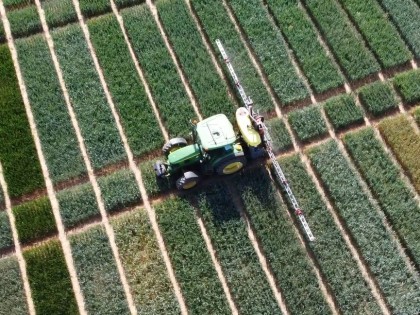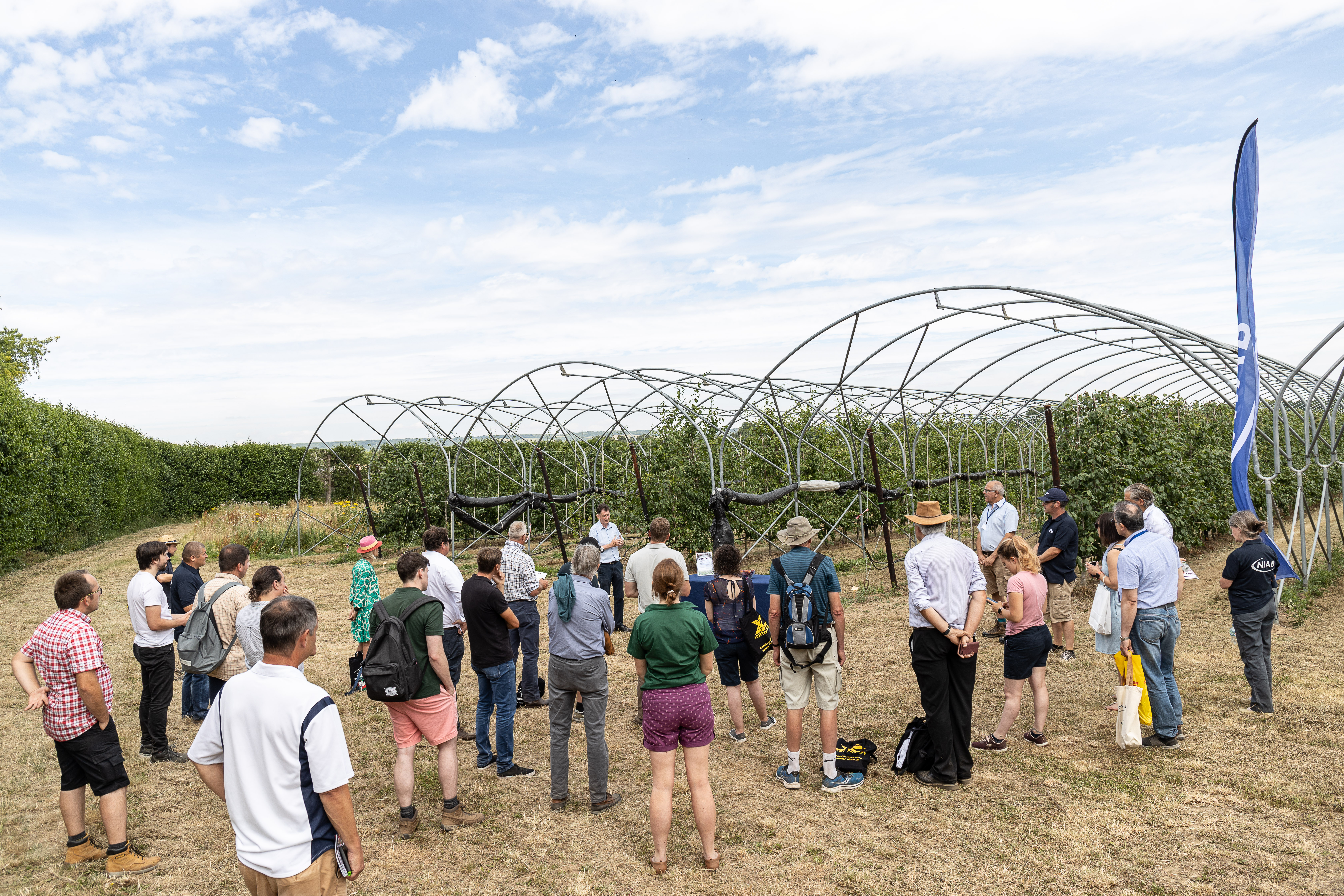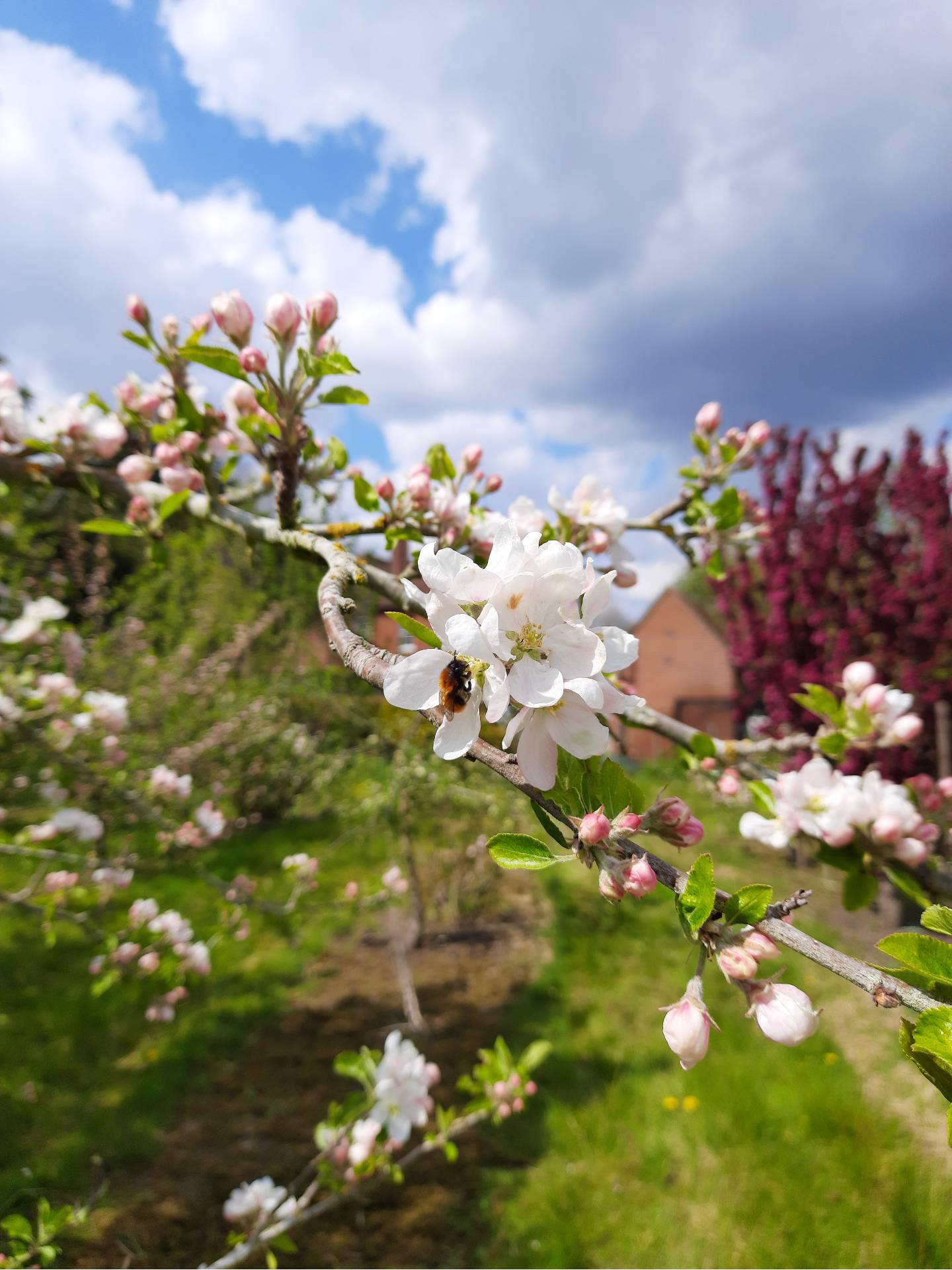
NIAB CEO Mario Caccamo highlights the importance of translating plant science into practice, the lessons learnt from NIAB’s journey over the past 20 years and questions the UK’s fragmented approach to applied crop science, urging reform...
There is a long-term, well documented imbalance between public funding of fundamental crop science, in which the UK punches well above its weight, and support for the translational and applied research needed to unlock the real-world potential of this discovery science via practical, on-farm advances.
So, while the UK ranks third in the world only behind China and the US for high-impact academic publications in agricultural science, growth in domestic agricultural productivity lags behind most other developed economies.
But the pace of change is accelerating. Faced with an urgent need to produce more and better with less, while improving soil health and responding to urgent climate and biodiversity goals, this discrepancy in funding between fundamental and applied agriculture related research must be addressed.
We also need a strategic review of whether the current structure of the UK’s applied crop science capabilities is fit-for purpose. There may be lessons to learn from NIAB’s journey over the past 20 years, after transitioning from a nondepartmental public body to become an independent charity.
Prior to that, the majority of NIAB’s funding came from Government, and our primary focus was on providing science-based technical and statutory services to UK agriculture departments and the seed industry.
While variety and seed testing remain core to NIAB’s operation today, at the time government funding for such services declined significantly with a switch to full cost recovery following the Barnes Review in the mid-1980s. Because of this, NIAB’s future viability was in serious doubt.
Since the mid-2000s, NIAB has made substantial investments in the development of skilled staff and scientific facilities including new laboratories, glasshouses, growth rooms and field trial equipment. This supported a diversification of our research base, building on our core strengths in seed testing and plant variety evaluation to develop scientific capabilities spanning the entire crop improvement pipeline, from genomic research and pre-breeding to applied agronomy, soil and environmental science, data and precision farming, training and knowledge transfer onto farm.
At the same time, NIAB has forged new partnerships, including a strategic merger with The Arable Group (TAG) to become the UK’s largest independent provider of applied agronomy research and knowledge transfer onto farm, acquisition of the Potato Agronomy Unit from Cambridge University, and the merger with East Malling Research in Kent, safeguarding world-renowned expertise in soft and top fruit crop research and breeding, now diversified to include viticulture, water efficient crop production and biological pest control.
In 2020, in partnership with the University of Cambridge, we launched the Crop Science Centre with the objective to combine our collective expertise, creating a space for impactful research excellence with the capability to apply crop improvements in the field, and the mission to make global food production more equitable, sustainable and resilient.

Through these strategic investments and partnerships, NIAB has trebled in size over the past 15 years to become one of the UK’s leading independent applied crop research and knowledge transfer organisations, employing more than 350 highly skilled staff and with a critical inter-connecting role in the R&D landscape between the science base, farmers and the agri-food supply chain.
According to independent economic impact research, for every £1 spent on research at NIAB, at least £17.60 is returned to the UK economy through improved production efficiency, economic growth, import substitution, export earnings and inward investment.
But it is indicative of the imbalance between Government funding of fundamental and applied crop research that these investments were financed almost exclusively from NIAB’s own resources with support from private charitable funds.
The UK’s applied crop science landscape is extremely fragmented, with a number of public, private and third sector organisations all competing in broadly the same funding arena. Competition and diversity are important, but not if they compromise our ability to make progress at the required pace.
This is unlike many other countries around the world, where specific initiatives and organisations are recognised (and rewarded) as national centres of excellence in applied research, and as successful incubators of commercial spin-outs and joint ventures.
The food innovation cluster around Wageningen University in the Netherlands, the translation ecosystems established in Belgium by VIB, Saskatchewan’s Agri-Food Innovation Centre in Canada, as well as national agricultural research organisations such CSIRO in Australia, and Embrapa in Brazil, are all examples of initiatives in which a focus on research and innovation with commercial impact has attracted substantial private sector coinvestment.

Investing in agritech I recently attended agritech investors events in the US and Belgium supported by public-private partnership initiatives that seek to promote economic activity in the sector.
One of the events was hosted in the city of St Louis in the US in which the solid foundations provided by research organisations such as Washington University and the Danforth Centre provides the framework to support innovation delivered at scale.
The second event was organised by VIB, KeyGene and CEPLAS in Ghent (Belgium). This is an annual meeting about the business drivers behind crop innovation. The meeting had presentations from scientists, technologists, and investors with a theme focused on the interplay between technological innovation and market developments. It was refreshing to see the emphasis they put on the development of initiatives supported by credible business cases.Set against these examples, and the urgent challenge of securing our future food supply more sustainably, in the face of climate change and declining natural resources, is it time to review whether the UK’s fragmented approach to applied crop science needs reform?
Moving toward a more coherent national centre of excellence does not necessarily mean on a single physical campus, as NIAB has demonstrated with the successful integration of East Malling Research in Kent alongside our operations in Cambridge.
But I believe the time has come to consider whether a national applied crop science organisation, with combined strengths along the length of the crop improvement pipeline, would better serve the needs of UK agriculture, as well as having the knowledge-base, critical mass and scale to attract inward investment and forge international research partnerships.
This article originally appeared in the Spring 2024 edition of NIAB’s Landmark magazine. Landmark features in-depth technical articles on all aspects of NIAB crop research, comment and advice. You can sign up for free and get Landmark delivered to your door or inbox:
